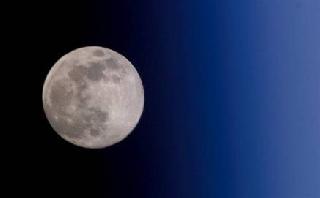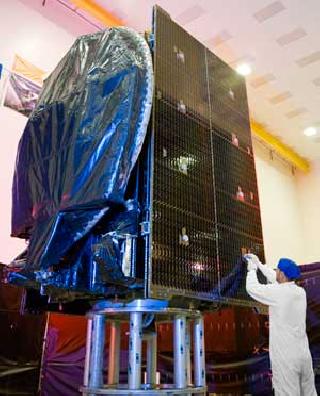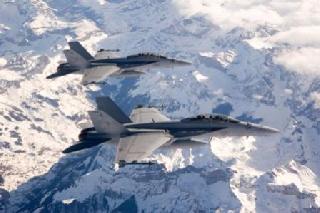
BEIJING (BNS): China’s second unmanned lunar probe Chang’e-2 got further closer to the Moon on Tuesday to click its high resolution images.
The spacecraft entered into an experimental orbit on Tuesday evening to take pictures of the Moon’s Bay of Rainbows region where the follow-on Chang’e-3 satellite is slated to land in 2013.
Chienese scientists manoeuvered the spacecraft to an experimental orbit and successfully activated four of its attitude control engines, the Xinuha news agency reported.
The probe then entered into an orbit with a perilune (nearest point in the orbit from the Moon) just 15 kilometer above the Moon, a flight control official in Beijing said.
The spacecraft had entered its working orbit on October 9 after completing its third and final brake which changed its apolune (farthest point from the Moon) from 1,825 km to about 100 km.
China had launched Chang’e-2 on October 1 on board a Long-March-3C carrier rocket.
The satellite will test key technology related to the “soft-landing” of Chang'e-3 lunar landing mission.
Meanwhile, US space agency NASA Chief Charles Bolden, who concluded his five-day visit to China on Tuesday, said that the two countries could cooperate in manned space flight and space exploration programmes in future, the China Daily reported.
 Previous Article
Previous Article Next Article
Next Article












The Indian Air Force, in its flight trials evaluation report submitted before the Defence Ministry l..
view articleAn insight into the Medium Multi-Role Combat Aircraft competition...
view articleSky enthusiasts can now spot the International Space Station (ISS) commanded by Indian-American astr..
view article